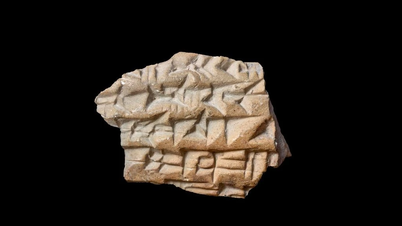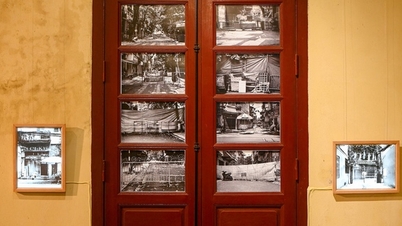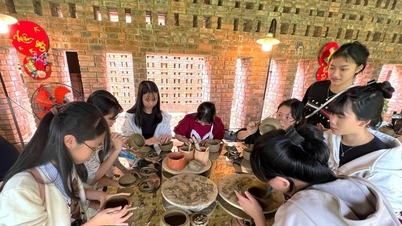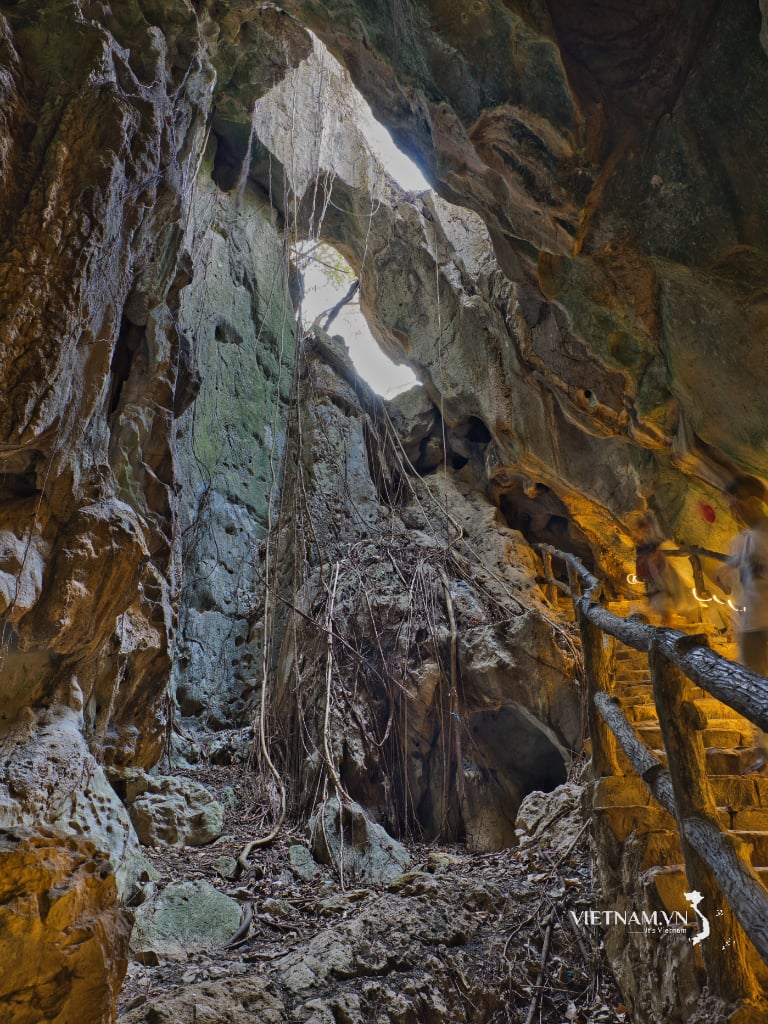Israeli archaeologists have discovered a network of medieval tunnels that once powered sugar mills during the Mamluk period, opening up new insights into the level of industrial technology in the Holy Land.
These tunnels were found beneath lakes in Gan Hashlosha National Park, in the Beit She'an valley, carved into the soft limestone along the Nahal Amal stream.
Researchers believe that this system once brought water to mills for sugarcane production in the 14th-15th century AD.
The initial discovery was recorded when infrastructure workers discovered five parallel tunnels in the cliff.
“The precision of their engineering suggests they served a hydraulic purpose,” said Professor Amos Frumkin, of the Institute of Earth Sciences at the Hebrew University of Jerusalem, who led the research team. “Unlike the open-air aqueducts common at the time, this system was entirely underground – a response to the geology of the valley and the brackish nature of the local springs.”
The team used Uranium-Thorium dating on stalactites formed shortly after the tunnel was dug, which determined that the structure dates to the late Mamluk period. This coincides with historical records showing that the Beit She'an valley was a major center for sugarcane cultivation and export in the Eastern Mediterranean.
Scientists believe that this tunnel system carried water to operate horizontal paddle wheels, which provided energy for stone mills to grind sugarcane.
“The slope, erosion and location of the tunnels are all consistent with sugar production rather than grain milling,” Professor Frumkin stressed. A Mamluk-era oil lamp discovered nearby further corroborated the site’s dating.
According to Professor Frumkin, this discovery shows that the Mamluks knew how to adapt technology to the environment - they took advantage of brackish water resources that could not be irrigated to create mechanical power.
“This discovery bridges the gap between industrial archaeology and hydrology,” he said. “Medieval engineers in the Near East not only dealt with resource scarcity, but also turned the constraint into an opportunity – turning every drop of water into a sustainable source of energy.”
Over time, these sugar mills were converted into flour mills during the Ottoman Empire, showing that the evolution of hydraulic systems paralleled economic fluctuations.
Besides its archaeological value, the discovery also challenges the view that the medieval Near East was technologically backward compared to Europe.
“What we see here is an early example of sustainable engineering,” says Professor Frumkin. “The Mamluks made the most of every available water source – a mindset very close to the modern concept of sustainable development.”
The Mamluks ruled the Holy Land from about 1250 to 1517, before being conquered by the Ottoman Empire along with Egypt and the Levant./.
Source: https://www.vietnamplus.vn/duong-ham-co-o-israel-he-lo-ky-thuat-thuy-luc-thoi-trung-co-post1074231.vnp






![[Photo] Prime Minister Pham Minh Chinh chairs the second meeting of the Steering Committee on private economic development.](https://vphoto.vietnam.vn/thumb/1200x675/vietnam/resource/IMAGE/2025/11/01/1762006716873_dsc-9145-jpg.webp)





































































































Comment (0)